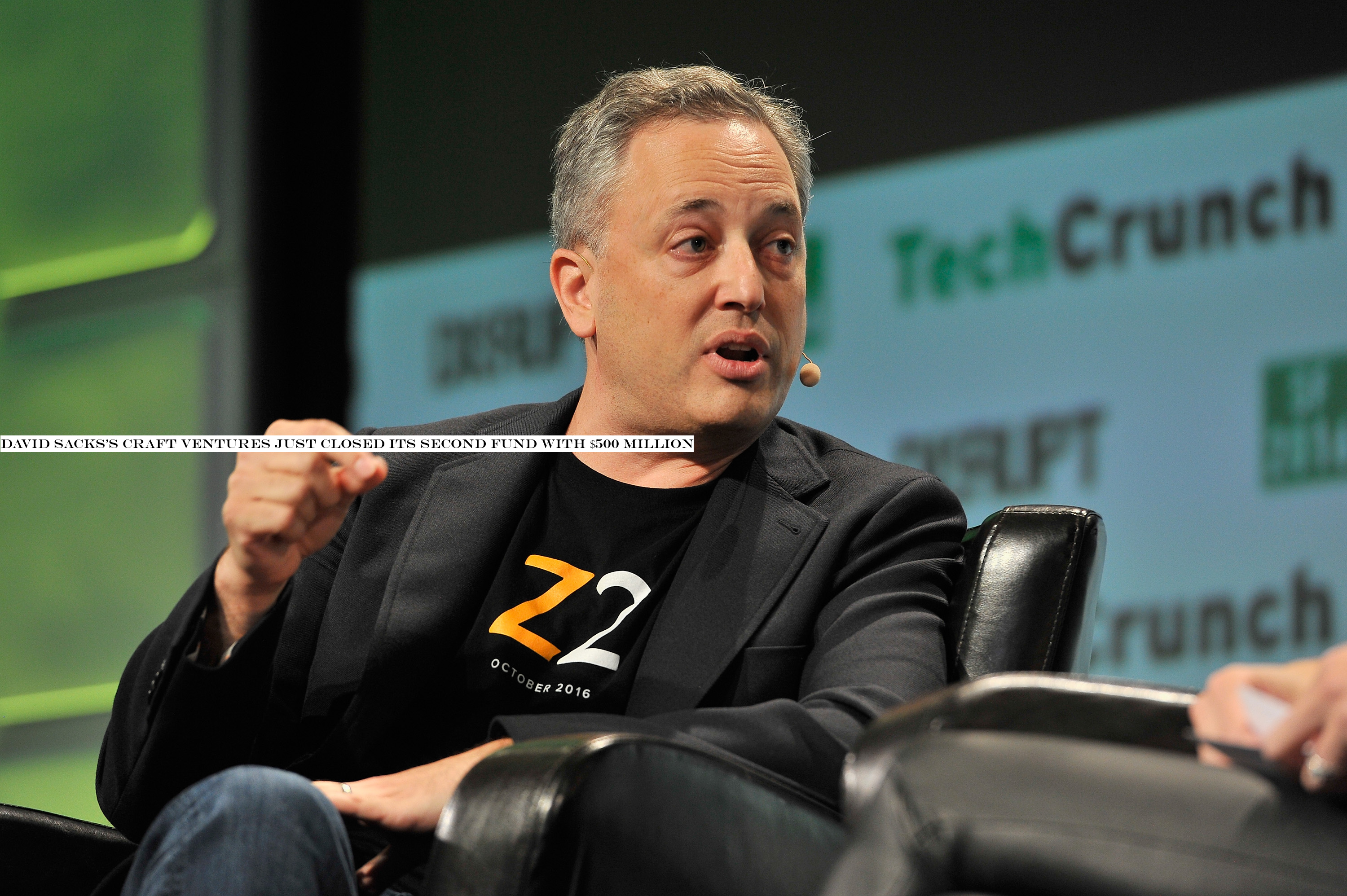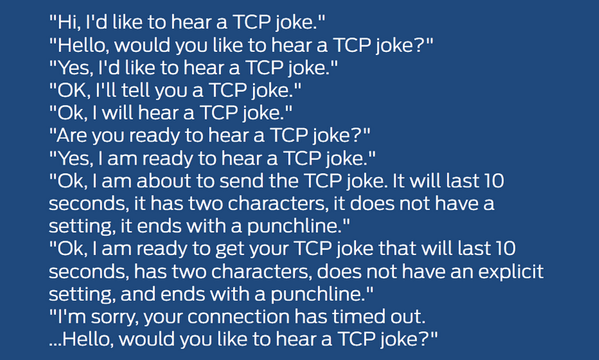Music
Trailers
DailyVideos
India
Pakistan
Afghanistan
Bangladesh
Srilanka
Nepal
Thailand
StockMarket
Business
Technology
Startup
Trending Videos
Coupons
Football
Search
Download App in Playstore
Download App
Best Collections
Technology

Twitter said it will restrict how users can interact with tweets from world leaders who break its rules.
Instead, Twitter said it will not allow users to like, reply, share or retweet the offending tweets, but instead will let users to quote-tweet to allow ordinary users to express their opinions.
The social media giant said that the move will help its users be informed about global affairs, but while taking responsibility for keeping the siterules in check.
Twitter has been in a bind amid allegations that the company has not taken action against world leaders who break its rules.
&When it comes to the actions of world leaders on Twitter, we recognize that this is largely new ground and unprecedented,& Twitter said in an unbylined blog post on Tuesday.
Last year, Twitter said it would not ban President Trump despite incendiary tweets, including allegations that he threatened to declare war on North Korea. Other tweets from world leaders, such as Iransupreme leader Ayatollah Seyed Ali Khamenei, had their tweets hidden from the site In cases when threats have been made against individuals.
&We want to make it clear today that the accounts of world leaders are not above our policies entirely,& the company said. Any user who tweets content promoting terrorism, making &clear and direct& threats of violence, and posting private information are all subject to ban.
But Twitter said in cases involving a world leader, &we will err on the side of leaving the content up if there is a clear public interest in doing so.&
In such a case, &we may place it behind a notice that provides context about the violation and allows people to click through should they wish to see the content,& said Twitter, making good on a promise it made in June.
&Our goal is to enforce our rules judiciously and impartially,& Twitter added in a tweet. &In doing so, we aim to provide direct insight into our enforcement decision-making, to serve public conversation, and protect the publicright to hear from their leaders and to hold them to account.&
- Details
- Category: Technology
Read more: Twitter says it will restrict users from retweeting world leaders who break its rules
Write comment (94 Comments)
Craft Ventures, the venture firm launched in 2017 by serial entrepreneur David Sacks, has closed its second fund with $500 million in capital commitments, an amount the firm was said to begin targeting roughly a year ago.
Craftdebut fund had closed with $350 million.
The outfit — which Sacks runs with other serial entrepreneurs Bill Lee (Remarq, Social Concepts), Jeff Fluhr (StubHub, Spreecast), and Sky Dayton (who has founded and cofounded a lot of companies) — invests in series seed, A, and B rounds, in a wide range of companies that neatly fit into each investorwheelhouse.
For his part, Sacks, who was the COO of PayPal before founding the genealogy website Geni.com, then Yammer, is focused on both consumer and enterprise startups as long as they can go viral.
His signature bet at Craft is Bird, the e-scooter company whose Series A round Craft had led. (Bird founder Travis VanderZanden announced the companySeries D round of $275 million at a $2.5 billion valuation at our recent TechCrunch Disrupt event.)
Fluhr meanwhile focuses on marketplaces and e-commerce startups and the firm cites as one of his more prominent deals the Series A round of the nursing marketplace Trusted Health. Lee is focused on breakthrough technologies and counts among his investments the esports company Cloud9, a company that went on to raise $50 million in Series B funding last year (and is probably due to announce yet another round soon). And Dayton — who is very notably a cofounder with Travis Kalanick in CloudKitchens, the dark kitchen company thatliterally trying to take over the world— focuses on so-called hard tech, drawing on his experience with launching the dial-up pioneer EarthLink, along with the WiFi service provider Boingo Wireless.
Some of the Craftmore recent bets include Terminal, a San Francisco-based startup that helps companies to source and manage remote engineers in international locations; it raised $17 million in funding just last month. Another is Superplastic, a year-old, Burlington, Vt.-based maker of limited edition art toys thattrying to turn two of its characters into animated digital media stars. It raised raised $10 million in Series A funding led by Craft in summer.
At firmoutset, blockchain was a major theme, though the firm appears to fast-evolving into an outfit that invests far more broadly.
It may have just been too early. Indeed, Harbor, a decentralized compliance protocol that aims to standardize the way crypto securities are issued was a deal that Craft announced around the same time that it was itself launching publicly. But Harborfounders have since left the company to start Internal, a startup that wants to help companies better manage their internal consoles so they can ensure that not everyone on staff has access to sensitive data.
It closed on $5 million in seed funding led by Craft last month, a deal that we&d written about here.
- Details
- Category: Technology
Read more: David Sacks’s Craft Ventures just closed its second fund with $500 million
Write comment (91 Comments)The Linux Foundation recently announced the launch of the Reactive Foundation. Its founding members are Alibaba, Lightbend, Pivotal and Netifi. So what exactly is this Reactive Kool-Aid, and why are all these companies guzzling it down so fast?
If you buy the premise that developers live in a cloud-native microservices world, then you also understand that most applications are distributed and elastic. The compute is spread across clusters, as is all the data. It could be a few users, or a spike of thousands. Systems need to be architected to handle these spikes. Yet the dark secret of microservices is complexity — the management of resources, costs, performance and latency remain a challenge.
If we break down any application into hundreds of moving parts (such as containers and microservices), then we better have an elegant way to manage those moving parts. These services need to talk to each other, exchange data and ensure that overall performance is reliable, at all times. Easier said than done.
The &big unsolved problem of the cloud&
According to Daniel Berg, Distinguished Engineer at IBM Cloud, &The network is the unsolved problem of the cloud…. We need the network to be a first-class citizen of a cloud system.& Why does the network remain a problem? Is it because we fall back on our old ways, when we need to rethink the new? We have designed the car with the big clunky wheels of a horse buggy. Conceptually, it sounds fine — but it can be a pretty rough ride.
In the layered cake of network protocols, we have the middle layer of transportation (Transmission Control Protocol / Internet Protocol or TCP/IP), and right at the top, we have the application layer. We use a protocol called hypertext transfer protocol (or HTTP) to make sure the web applications can talk to each other. TCP was born in 1974 and is called a &chatty protocol& — it has to go back and forth many times just to do some basic stuff. A TCP joke circulating around proves this point.

HTTP came in 15 years later, in 1989, and was used to serve documents in a client-server era. This was when we all had desktops being cooled with whirring fans. We would use a Netscape browser to launch a web page (hypertext) and the web-server would say, &Wait a sec & let me fetch that for you.&
Three decades later, we are trying to make do with HTTP, when the compute layer has exploded. Does HTTP work in the world of millions of interactions with machine-to-machine communications? Our mobile, IoT and edge devices are not quite requesting pages and walls of text. And there is no client-server as much as peer-to-peer exchange. But the network layer is stuck with us and we are trying to make sure these microservices can stay put using some archaic methodologies. &As much as 89% of all microservices architecture is based on HTTP, says Stéphane Maldini, principal software engineer at Pivotal. Pivotal is one of the founding members of the Reactive Foundation. In the process, we are creating a big trade-off in efficiency. We are still using two cans and a piece of string to communicate, when we should use the next iPhone.
HTTP is unsuitable for microservices
If we use HTTP in the micro-services world, we have fundamental challenges. For one, there is no flow control — &which means that data flows from a fire hose,& says Robert Roeser, co-founder of Netifi. Because the data can be dumped at a rapid pace, and multiple threads are opened up, we end up building control features to ensure the application does not crash.
Reactive programming is a paradigm shift at the architectural level. Itabout speed and performance.
Stuff like circuit breakers, retry logic, thundering herd (where a large number of processes wake up, but only one wins, often leading to freezing up) needs to be managed effectively. In HTTP, everything is a request / response, but if we look at a simple notification for an app, we don&t need to keep polling all the time. The request is like a grumpy kid sitting in the backseat whimpering, &Are we there yet?,& when the journey has just begun.
Such inefficient mechanisms cause a huge waste of compute resources when we use the wrong protocol. IBM documented the inefficiency of microservices and concluded that the performance of the microservices is~ 79% (s)lower than the monolithic model. &We identified that Node.js and Java EE runtime libraries for handling HTTP communication consumed significantly more CPU cycles in the microservice model than in the monolithic one,& conclude the researchers.
Goodbye HTTP, hullo Reactive
The Reactive Foundation sits under the Linux Foundation and aims to accelerate the next generation of networked technologies. It espouses the merits of Reactive Programming Frameworks and builds the community. Ryland Degnan, chair of the Reactive Foundation and co-founder of Netifi, lived the HTTPain while he was a member of the Netflix edge platform.
Ryland understands scale, latency and user experience better than most people. At Netflix, the platform would have billions of requests from over several hundred million members. He says, &We live in a multi-dimensional universe where user experience matters. Developers have to deal with three axes of (a) deployments (b) frameworks and (c) protocols. Spotty connections are unacceptable. Why can&t we pick the stream up from where you left off? If we do that alone, we reduce 90% of our infrastructure.&
Indeed, Facebook has adopted RSocket to reduce the dropped connections over mobile network hops and reduced its edge infrastructure significantly. Steve Gury, a software engineer at Facebook speaking at SpringOne Platform said, &The future is R-Socket.&
Reactive programming is a paradigm shift at the architectural level. Itabout speed and performance. One of the major strengths of Reactive is asynchronous I/O, which allows reduction of edge infrastructure by orders of magnitude.
Andy Shi, developer advocate at AliCloud (a unit of Alibaba), is one of the founding members of the Reactive Foundation. He says, &Alibaba has thousands of developers as we are one of the worldbiggest e-commerce platforms. As we adopt microservices and see that compute is utilized only around 10%, throwing more infrastructure at the service mesh is not the answer. Pods are talking to each other using REST API which is not the way to go.&
REST APIs require multiple endpoints and round trips to get the data. Another founding member of the Reactive Foundation, Viktor Klang, deputy CTO at Lightbend, has been evangelizing Reactive for well over a decade, and feels like the time has finally come. &Our systems need to produce results in the required time frame. Imagine if you could compute an answer to a grand question — like the meaning of life — but if the answer is delivered after you die, the system has failed,& he says.
Comparing service meshes and use cases
While Istio is the 18-wheeler truck best suited for lift and shift, RSocket is the Ferrari — speed and elegance. Experts foresee a world where the two may coexist. Yet there are applications, such as IoT use cases, where RSocket has a clear edge (pun intended). Istio offers load balancing, service discovery, logging and traffic management but with heavy overhead.
In studies, Netifi was able to process 16X more requests and delivered four times higher throughput in comparison while maintaining three times better latency — 372% faster throughput with 300% less latency. &Netifi has the potential to be like a Cisco — the router of the microservices,& says Creighton Hicks, investor at Dell Technology Capital.
Istio was launched by Google, IBM and Lyft, so it is a strong incumbent and with serious brand cachet. But when the likes of Alibaba and Facebook start to showcase the RSocket ROI, the fun has just begun. During a recent presentation in London, the Reactive mafia was in full swing. Ondrej Lehecka, a software engineer at Facebook, and Andy Shi talked about how RSocket is addressing real-world architectural challenges. Shi said, &RSocket is designed to shine in the era of microservice and IoT devices. Projects built on top of RSocket protocol and Reactive streams in general will disrupt the landscape of microservices architecture. The Reactive Foundation is the hub of these exciting projects.&
- Details
- Category: Technology

AMC Theatres announced a new service today called AMC Theatres On Demand — a marketplace where members of AMCStubs loyalty program can buy or rent individual movies to watch at home.
The launch of an iTunes-style, à la carte movie marketplace seems almost quaint at a time when all the major media companies seem to be following Netflixlead and readying their own subscription streaming services. But ita noteworthy bet on a slightly old-fashioned model, and italso interesting as an effort by the worldlargest theatrical chain to diversify, particularly as box office numbers decline.
In the announcement, AMC Theatres President and CEO Adam Aron argued that AMC has a particular advantage, because it can use its data about the movie-going habits of Stubs members to deliver targeted offers.
&The addition of AMC Theatres On Demand, which extends our movie offerings for AMC Stubs members into their homes, makes perfect sense for AMC Theatres, for our studio partners and for our millions of movie-loving guests,& said Aron in a statement. &With more than 20 million AMC Stubs households, and with our web site and smartphone apps already being visited hundreds of millions of times annually by movie fans, AMC Theatres is in a unique position to promote specific movies with greater personalization than has ever been possible before.&
AMC Theatres On Demand has more than 2,000 films, drawn from all the major studios, available at launch. (As an extra incentive, if you buy or rent a movie distributed by Lionsgate or Paramount Pictures, you&ll get an extra three movies from the same studio.) The company says the service will be available via web, mobile apps and smart TV apps — though it doesn&t mention specific devices.
AMC has already been experimenting with new business models, responding to the popularity of the (now-defunct) MoviePass with its own theatrical subscription, Stubs A-List.
- Details
- Category: Technology
Read more: AMC Theatres launches its own on-demand streaming service
Write comment (93 Comments)
For healthtech founders and funders, scientific claims and conclusions are more than policy — business models depend upon the lucid appraisal of clinical problems, evaluating inadequacies in current standards of care, a clear understanding of disease pathways, and designing superior interventions.
At each step along this value chain, founders stand on the shoulders of the scientists that preceded them to obtain reliable evidence. When they promote their own innovations, credibility is a critical prerequisite. But where does credibility come from?
A 2012 study selecting 50 common cookbook ingredients found that 80% had publications linking their consumption to cancer risk; according to some reports, tomatoes, lemons, and celery all cause cancer. The to-and-fro of nutrition science is emblematic of a larger dynamic related to fickle research findings across disciplines. Because investigators seeking to build upon seminal studies struggle to reproduce the original findings, researchers have deemed the problem a reproducibility crisis.
Simulations have found that up to 85% of published findings could not be replicated. In turn, tens of billions of dollars are wasted and countless patient lives are adversely impacted annually due to unreliable research.
Historically, academic research and healthcare VC have had considerable overlap, but in recent years, this co-dependence has increased as researchers are looking more and more for financial support. Government research fundinghas seen a steady decline, with private sources now supporting almost 60% of the spend. Biomedical VC has been portrayed as a critical source of risk capital for early-stage research and a key engine for its translation at later stages.
- Details
- Category: Technology
Read more: Will unreliable research bury your healthcare startup
Write comment (93 Comments)After the onstage presentation at Made by Google 2019, we got our hands on a Pixel 4. In this video, you can watch us do a quick run-through of the major new features — like Motion Sense, which provides gesture controls that don&t require you to touch your phone, and improved Night Sight, which allows you to take high-quality photos in dark environments.
The Pixel 4 will start shipping on October 24, with a starting price of $799.

- Details
- Category: Technology
Read more: Hands-on with the new Pixel 4
Write comment (100 Comments)Page 626 of 5614

 7
7





